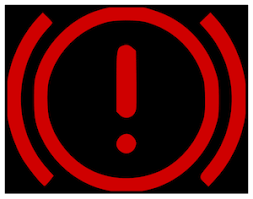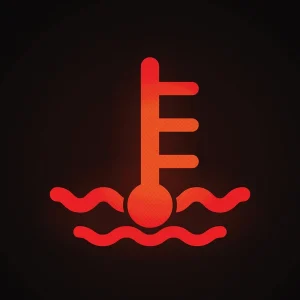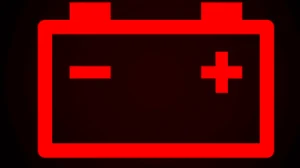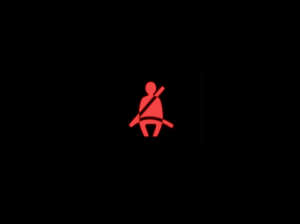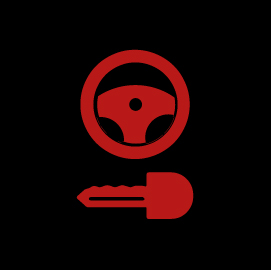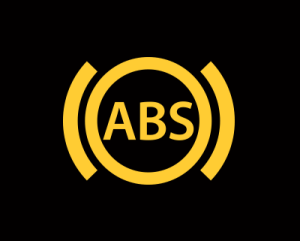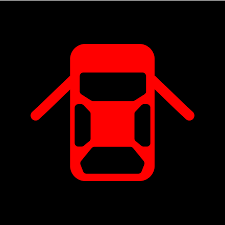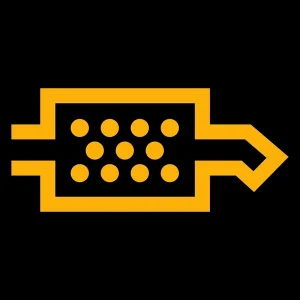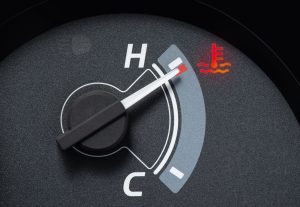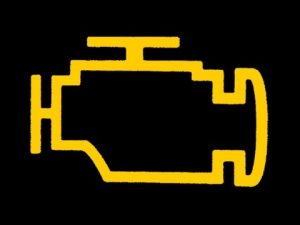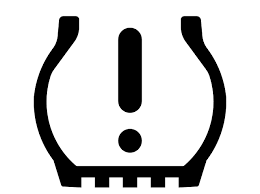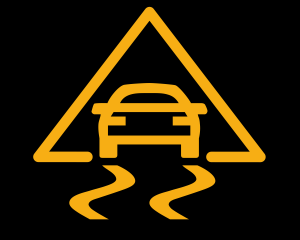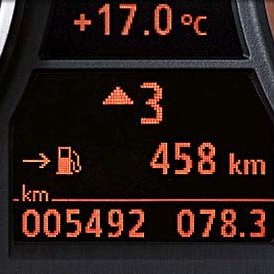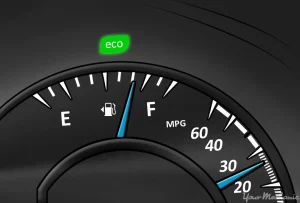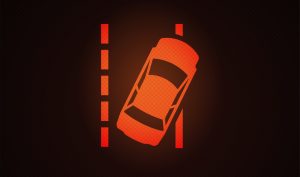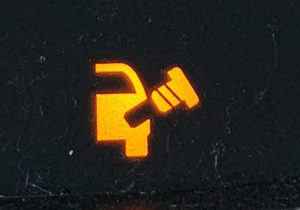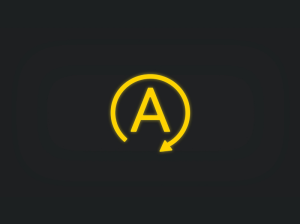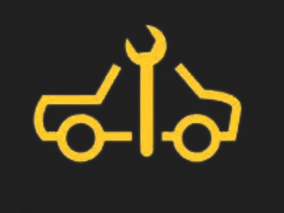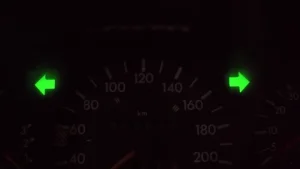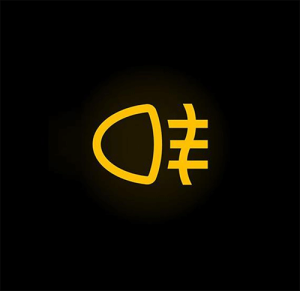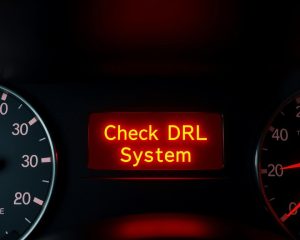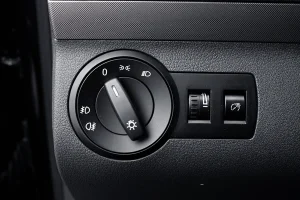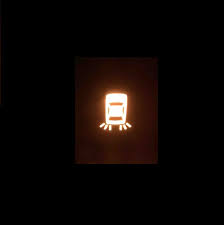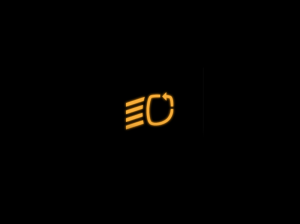Understanding dashboard warning lights in your BMW 4 Series is essential for maintaining vehicle safety and preventing costly damage.
These indicators alert you to potential issues ranging from minor maintenance needs to critical problems that could lead to breakdowns or accidents. By recognizing and responding promptly, you can ensure smoother drives and extend your car’s lifespan.
Quick Navigation
Red Warning Lights (Stop Immediately)
Engine Oil Pressure
Low oil pressure can cause engine damage from lack of lubrication. Possible causes include leaks or pump failure. Stop the car immediately, check oil level, and seek professional help before driving.
Brake System Alert
Indicates low brake fluid or a hydraulic issue affecting stopping power. Causes might include leaks or worn pads. Park safely right away and contact a mechanic to avoid accidents.
Engine Coolant Temperature
Overheating engine due to low coolant or faulty thermostat. This can lead to severe damage if ignored. Pull over, let the engine cool, and add coolant or get towed to a service center.
Battery Charging System
The alternator isn’t charging the battery properly, risking a stall. Causes include a failing battery or belt. Stop driving and have it inspected immediately to prevent stranding.
Airbag System
Airbag or seatbelt pretensioner malfunction, reducing crash protection. Faulty sensors or wiring could be the issue. Stop and visit a service center right away for safety.
Seatbelt Reminder
Alerts if the driver’s or passenger’s seatbelt isn’t fastened. It’s a safety prompt to buckle up. Fasten all belts before proceeding, as it may prevent airbags from deploying correctly.
Steering Lock
Anti-theft system fault that could lock the wheel while driving. Possible electronic glitch. Stop immediately and call for assistance to avoid losing control.
Transmission Fault
Serious issue like overheating or sensor failure in the gearbox. This can cause erratic shifting. Pull over and have the vehicle towed to a dealer for repairs.
Front-End Collision Warning
Detects imminent crash risk with the vehicle ahead. Brake failure or sensor error might trigger it. Stop safely and check for obstacles or get diagnostics.
ABS System
Anti-lock braking malfunction, increasing skid risk during hard stops. Faulty sensors or hydraulics. Stop and seek immediate repair to restore safe braking.
Power Steering
Loss of power assist, making steering difficult. Low fluid or pump failure. Pull over carefully and get professional help before continuing.
Brake Fluid Low
Brake fluid level is critically low, risking brake failure. Leaks or wear could cause it. Stop driving and top up fluid or fix the leak at a shop.
Door Ajar
A door isn’t fully closed, posing a safety hazard. Wind or improper latching. Stop, secure all doors, and ensure they’re latched before resuming.
Diesel Particulate Filter (Critical)
Filter is blocked with soot, risking engine damage in diesels. High exhaust buildup. Stop and have it regenerated or replaced immediately.
Engine Overheat
Engine temperature too high from cooling system failure. Causes include radiator issues. Stop, turn off the engine, and wait for it to cool before seeking help.
Yellow/Amber Warning Lights (Action Required Soon)
Check Engine
Engine or emissions issue detected, like a faulty sensor. This reduces performance. Schedule a service visit soon to diagnose and fix the problem.
Tyre Pressure Monitoring
One or more tires are underinflated, affecting handling and fuel efficiency. Punctures or leaks. Check and inflate tires promptly, then reset the system.
Glow Plug (Diesel)
Glow plugs aren’t heating properly for cold starts in diesels. Faulty plugs. Replace them soon to avoid hard starting in cold weather
ESP/DSC System
Stability control is limited, affecting traction. Sensor or software issue. Drive carefully and have it checked soon for wet or slippery roads.
Transmission Warning
Gearbox issue that’s not urgent but could worsen. Fluid low or sensor fault. Schedule a service to prevent further damage.
Eco Mode Fault
Eco driving mode isn’t functioning properly. System glitch. Switch modes and visit a service center if it doesn’t resolve.
Lane Departure Warning
System detects unintentional lane drifting. Calibration needed. Recalibrate or get it serviced soon for safer highway driving.
Bulb Out
An exterior light bulb has failed. Burnout or wiring. Replace the bulb soon to maintain visibility and avoid tickets.
Fuel Cap Loose
Fuel cap isn’t sealed, causing evaporation or check engine triggers. Not tightened properly. Secure it tightly and drive on; light should clear.
Start/Stop System
Automatic engine stop-start isn’t working. Battery or sensor issue. Have it checked soon for better fuel efficiency.
Service Vehicle Soon
General reminder for upcoming maintenance. Mileage-based. Schedule an oil change or inspection promptly.
Green Warning Lights (Information Only)
Turn Signal
Indicates the turn signals are active for changing lanes or turning. Blinks with the signal. No action needed; it confirms the system is working.
High Beams On
High beam headlights are activated for better night visibility. Manual switch. Dim them for oncoming traffic to avoid blinding others.
Front Fog Lamps
Front fog lights are on to improve visibility in fog or rain. Driver-activated. Turn off when conditions clear to save energy.
Rear Fog Lamps
Rear fog lights are engaged for rear visibility in poor weather. Switch-controlled. Deactivate in clear conditions to prevent confusion.
Cruise Control Active
Cruise control is set and maintaining speed. Driver-initiated. Adjust or disengage as needed for varying traffic.
Daytime Running Lights
Automatic lights for daytime visibility are on. System default. No action; they enhance safety without input.
Automatic Headlamp Dimmer
Auto-dimming for high beams is active. Sensor-based. It prevents glare; no manual action required.
Tail Light Indicator
Rear tail lights are illuminated. Part of headlight system. Ensures others see you; no further action.
Adaptive Headlights
Headlights adjust with steering for curves. Speed and angle based. Improves corner visibility automatically.
Vehicle Detection
Active cruise control has detected a vehicle ahead. Radar system. Informs you of monitoring; stay alert.
When looking at BMW, make sure to check out our guides on models like the BMW 5 Series, BMW 3 Series, BMW 1 Series, and BMW X2. Understanding dashboard warning lights is essential. Our expert reviews break down what each light means, highlighting common alerts for these models and what they could signal about underlying issues, so you’re never left guessing behind the wheel.


